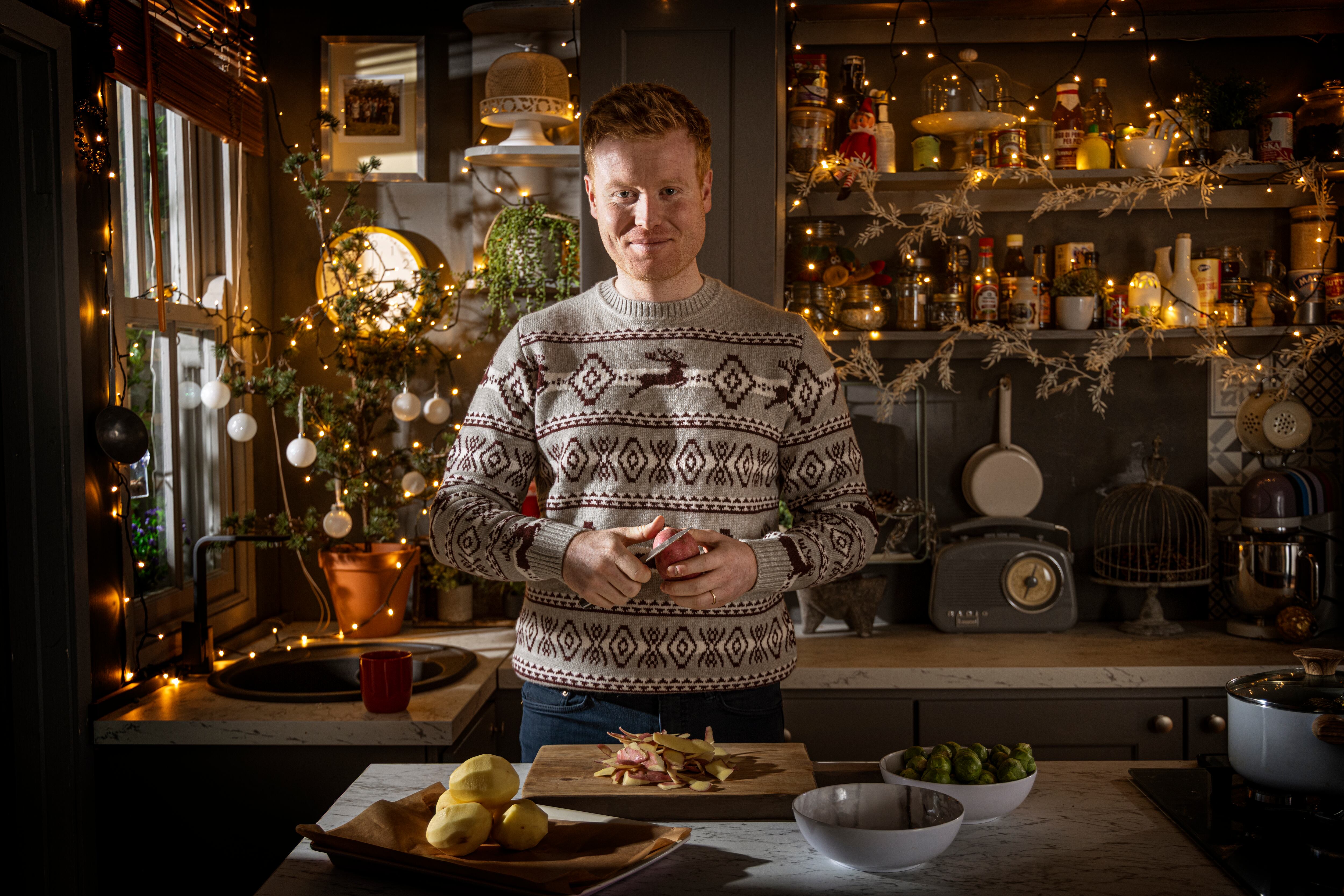“The whole world’s sap is sunk,” John Donne wrote in his bleak midwinter poem, A Nocturnal upon St Lucy’s Day. Phrases such as “the dead of winter” reflect the same view: that the zest and joy we can find in nature for the rest of the year is moribund between autumn’s end and the longed-for advent of spring.
For many of us, venturing into the outdoors during the festive season is driven mostly by the need to digest (or perhaps even atone for) one excessive meal, while working up an appetite for the next. Nothing to see here, we think as we stride out briskly, eyes wide shut.
In reality, however, nature is still very much alive. If you visit an estuary or wetland, you will be greeted by the haunting calls and exquisitely kinetic flight patterns of large flocks of water birds. They visit us in such multitudes only during these months.
Closer to home, cold snaps and bare trees make beautiful but shy creatures, like woodpeckers and squirrels, easier to spot. Very cold weather may drive even more secretive birds, like lapwing and woodcock, much closer to us too, their subtle colours suddenly vivid against frost in winter sun.
READ MORE
Frost and snow also create clearly legible printouts of the usually cryptic nightly routes of our local deer, otters, herons and foxes. And Donne was plain wrong: sap does not sink in winter; a number of plants even flower. What’s seldom is marvellous, so the joy of finding the first celandine or coltsfoot in early January is all the sweeter. Using a hand lens, you can gaze in wonder at the tiny pink female flowers already out on every hazel shoot. Delicate as sea anemones’ tendrils, they wait for nearby male catkins to scatter golden pollen at the first sustained touch of sun.
Much more obviously, most trees reveal their highly distinctive architecture almost everywhere, in ways never apparent when they are veiled by leaves.
So our midwinter walks don’t have to be bleak; we just need to keep our eyes wide open to raise our spirits.













